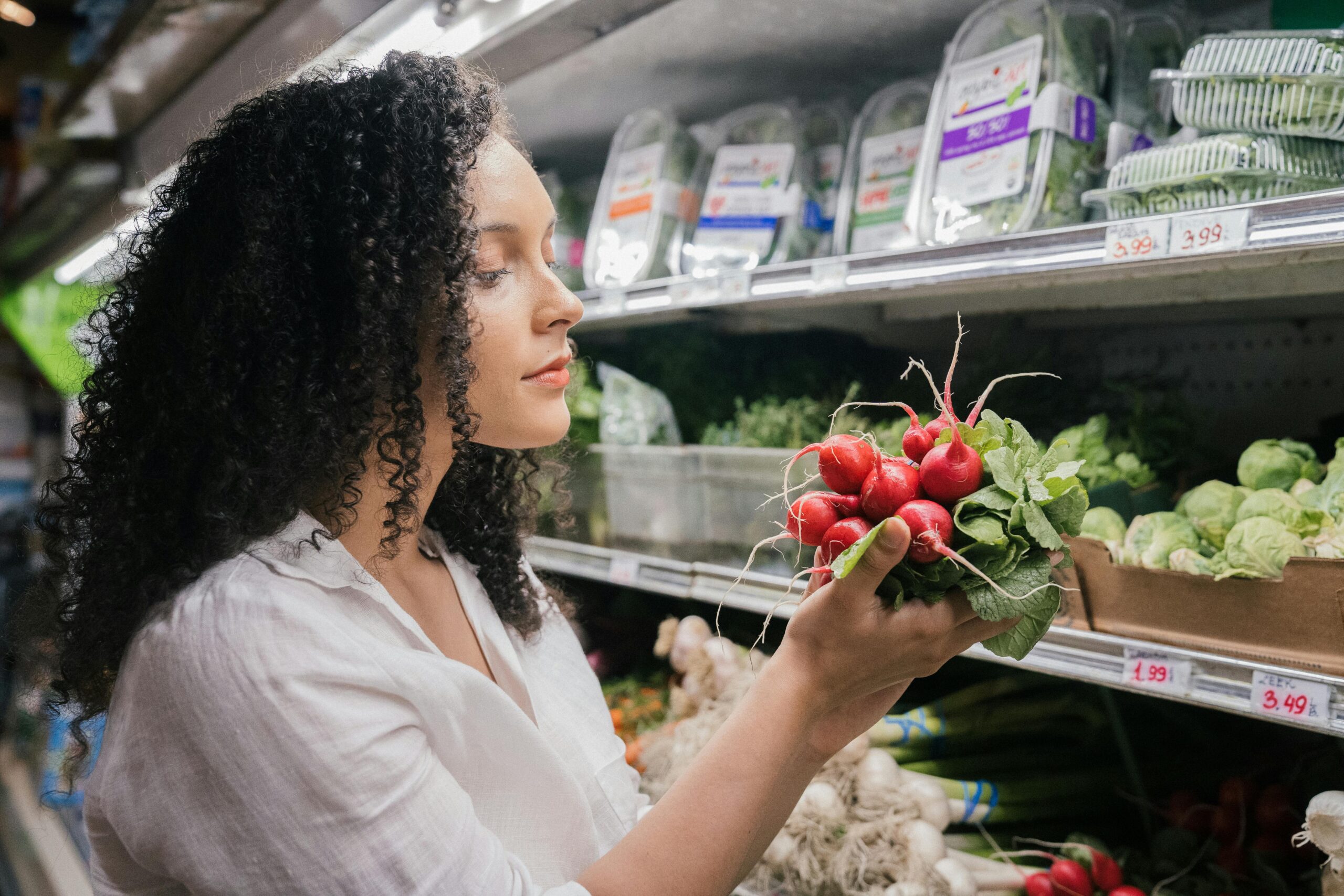Overall CPI rose 0.4% in September, slightly ahead of estimates of 0.3%, with the indexes for food and shelter contributing to more than half of the monthly increase.
The food price index climbed 0.8%, with incremental gains across most categories, as noted in The Food Institute’s Economic Benchmarking report. Almost all food items experienced price hikes. The biggest increases were Beef & Veal (+17.6%), Pork (+12.7%), Fish & Seafood (+7.1%), Fats & Oils (+6.9%), and Poultry (+6.1%).
“The September Food PPI data decelerated since August, causing the CPI – PPI spread to narrow to a -1,360 bps gap vs. -1,860 bps in August, a ~500 bps improvement month-over-month,” read a commentary report from Barclays analysts. “However, the CPI-PPI spread remains exceptionally wide and is still indicative of a challenging backdrop for grocery retailers.”
Consumer buying habits may even begin to change in the face of these rising prices, with shoppers possibly trading down to private label and value-tier products, reported The Wall Street Journal (Oct. 20).
Here’s what execs at some of the top food and beverage companies have to say on the topic:
Unilever: Though the manufacturer beat third quarter sales growth forecasts, finance chief Graeme Pitkethly saw little let up in inflationary pressures, in a potential blow to central bankers hoping the current spike in prices will be transitory, reported Reuters (Oct. 21). “We expect inflation could be higher next year than this year,” he said on a media call, adding it was likely to peak in the first half of 2022 and moderate thereafter.
Albertsons: Customers can expect higher prices and “spotty” availability of foods, CEO Vivek Sankaran told Yahoo Finance, but insisted the effects aren’t dire for either shoppers or the food chain. The CEO made clear the current shortages are “nothing like we saw during the early days of the pandemic.”
Nestlé: Nestlé has been able to pass on the higher cost of inputs such as plastic and transport to shoppers, a sign of healthy pricing power, reported The Wall Street Journal (Oct. 20). “The relentless focus of our teams on local execution and agility enabled us to navigate input cost inflation and supply chain constraints,” said CEO Mark Schneider during the company’s latest earnings call.
Procter & Gamble: “To the consumer, it looks like we’re in good supply,” P&G Finance Chief Andre Schulten said in an interview, reported The Wall Street Journal (Oct. 19). The company’s sales and profit goals for the year remain intact, as it has managed to keep products in stock.
Danone: Danone’s input costs will be 8% higher this year. “Like just about everyone across the sector and beyond, we see inflationary pressures across the board,” said CFO Juergen Esser in a press release. “What started as increased inflation on material costs evolved into widespread constraints impacting our supply chain in many parts of the world.”










